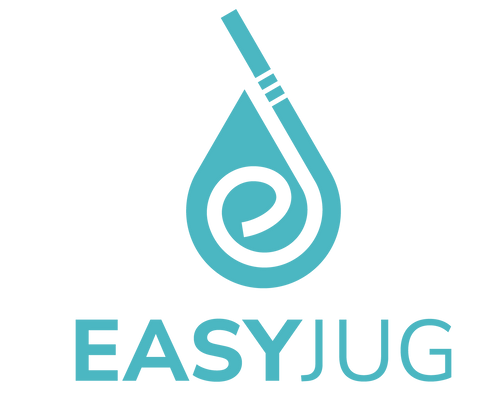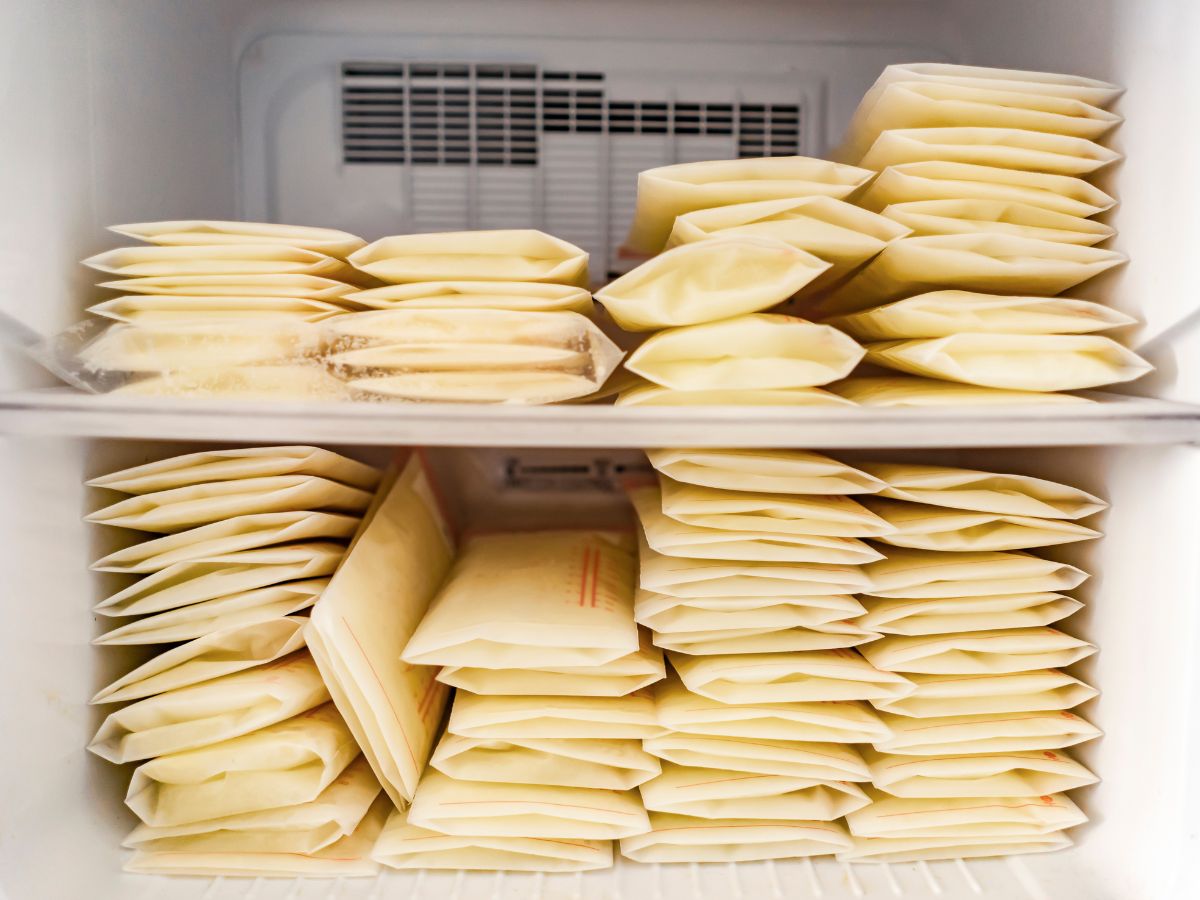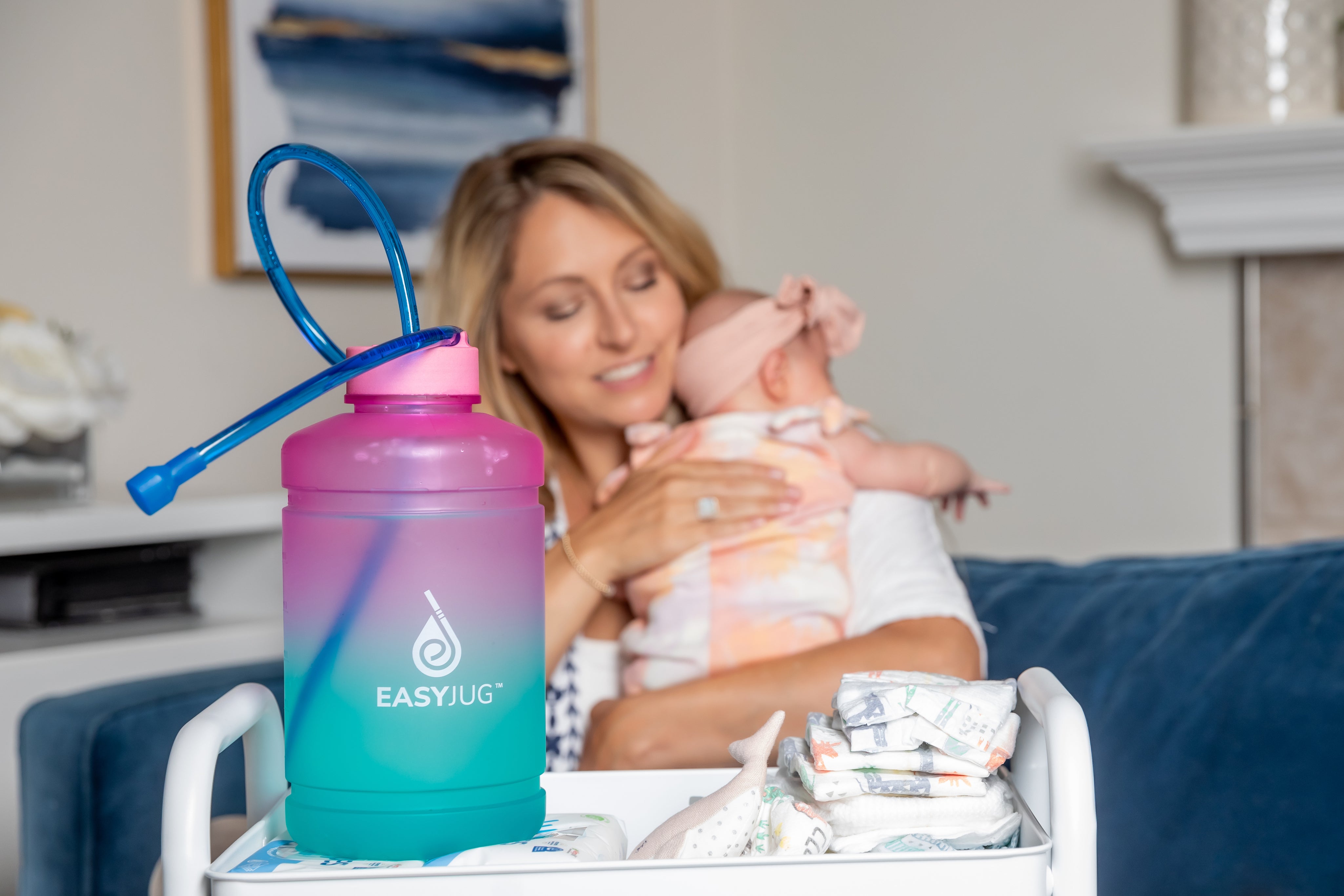Welcome to the nurturing community of EasyJug, where we understand the joys and challenges of breastfeeding. Today, we're exploring a common question among new mothers: "Can you combine breast milk from different days?" Whether you're a busy mom juggling different pumping sessions or simply seeking the best nutrition for your little one, this guide will help you manage your milk supply effectively and safely.
Understanding Breast Milk Storage
Breast milk is a miraculous source of nutrition, but proper handling is crucial to maintain its quality. The CDC guidelines and the Academy of Breastfeeding Medicine provide detailed instructions on how to store breast milk safely. Here are some key points:
- Freshly expressed milk can be added to cooled or frozen milk from a previous day, but it’s vital to cool the fresh milk in the refrigerator before combining.
- Store milk in hard plastic containers or breast milk storage bags designed for long-term storage to prevent bacterial contamination.
Safely Thawing and Mixing Older Breast Milk with Fresh Milk
Properly thawing frozen breast milk is crucial to ensure the safety and nutritional quality of the milk you provide to your baby. At EasyJug, we are dedicated to helping you manage your breast milk supply efficiently while adhering to the best practices recommended by the American Academy of Pediatrics and the World Health Organization. Here’s how you can safely thaw older breast milk for mixing with freshly expressed milk, ensuring your baby receives the optimal benefits in a clean environment.

Guidelines for Safely Thawing Frozen Breast Milk
- Thaw in the Refrigerator: The safest way to thaw frozen breast milk is by transferring it from the freezer compartment to the refrigerator, allowing it to thaw slowly. This method minimizes the risk of bacterial growth and preserves the quality of the milk. Plan ahead as this can take several hours, usually overnight.
- Use a Water Bath for Quicker Thawing: If you need to thaw milk more quickly, place the sealed storage container or plastic bag in a bowl of warm water. Be sure to keep the water at a warm temperature, not hot, to avoid creating hot spots in the milk which can scald the baby’s mouth.
- Avoid Microwaving Breast Milk: Microwaving can create uneven hot spots and destroy some of the beneficial components of breast milk. Instead, use a bowl of lukewarm water for a more gentle and even thawing process.
- Do Not Refreeze Thawed Milk: Once breast milk is thawed, do not refreeze it. Use thawed milk within 24 hours to ensure its freshness and nutritional quality. Store it in the back of the refrigerator to keep it at a consistent and safe temperature.
- Mix Gently: After thawing, gently swirl the milk container to mix any fat that has separated. Avoid vigorous shaking as this can break down some of the proteins and fats that are critical for your baby’s development.
Mixing Thawed and Fresh Breast Milk
- Cool Fresh Milk Before Mixing: Ensure that freshly pumped milk is cooled in the refrigerator before mixing it with thawed milk. This prevents warming the thawed milk, which can increase the risk of bacterial growth.
- Use Small Amounts: If unsure how much your baby will eat, it's advisable to mix smaller amounts of thawed and fresh milk to avoid wasting breast milk.
- Label and Track: Always label milk with the date it was expressed and the date it was thawed. Use the oldest milk first to optimize the use of your stored supply.
Thawing and mixing breast milk properly are key steps in managing your breastfeeding schedule, especially when balancing the demands of different sessions or a busy lifestyle. By following these safety tips, you can ensure that your baby receives high-quality, nutritious breast milk at every feeding.

Safety Tips
- Mixing Milk from Different Temperatures: Avoid combining warm breast milk with cold milk directly as it can cause temperature fluctuations that promote bacterial growth.
- Avoid Refreezing: Once thawed, breast milk should not be refrozen. Mix small quantities of thawed milk with fresh milk for later use, keeping in mind that the oldest milk should be used first.
- Check for Signs of Spoilage: Always smell and check milk discoloration, which can indicate spoilage.
- Use Clean Containers: Always use clean containers or disposable bottle liners to store breast milk. Washing containers in soapy water followed by rinsing in a bowl of lukewarm water ensures that harmful bacteria are not introduced.
- Consult a Lactation Consultant: For personalized advice, especially for mothers of premature infants or those in neonatal intensive care, consulting a lactation consultant can be invaluable.
Hydration and Its Crucial Role in Milk Production
For breastfeeding mothers, maintaining adequate hydration is more than a good idea—it's essential for optimal milk production. At EasyJug, we understand that your body’s hydration levels can directly influence your ability to provide nourishing breast milk to your baby. Let’s delve into why staying hydrated is paramount and how it can impact your breastfeeding journey.

The Importance of Hydration for Enhancing Milk Production
- Boosts Milk Volume: Water is a major component of breast milk, and staying hydrated helps ensure a plentiful milk supply.
- Prevents Fatigue: Hydration aids in overall energy levels and helps prevent the fatigue often associated with nursing and caring for a new baby. Keeping a water bottle like EasyJug handy during pump sessions or breastfeeding can be a practical way to ensure you drink enough throughout the day.
- Supports Overall Health: Proper hydration supports essential bodily functions, including digestion, which in turn can influence milk quality and production.
- Reduces Risk of Blockages and Infections: Adequate hydration can help prevent the development of blocked milk ducts and mastitis, a painful infection of the breast tissue. Ensuring you drink enough fluids can help keep milk flowing smoothly.
Optimizing Hydration for Breastfeeding Mothers
- Use a Hydration Tracker: Consider using a hands-free breast pump that allows you to move freely and drink water regularly without interrupting your pumping session.
- Set Regular Reminders: In the hustle and bustle of new motherhood, it’s easy to forget to drink water. Setting reminders on your phone or using apps can help keep your hydration on track.
- Keep Water Accessible: Always have a water bottle, like EasyJug in your nursing area or wherever you frequently care for your baby.
- Listen to Your Body: Pay attention to signs of dehydration, such as thirst, dark urine, or dry mouth. Drinking to satisfy thirst is generally an adequate guide for maintaining good hydration.
Staying hydrated is a simple yet powerful way to support your breastfeeding journey. At EasyJug, we encourage you to prioritize your hydration as much as you focus on your baby's feeding needs. Remember, taking care of yourself is just as important as taking care of your new baby. Together, let’s ensure you’re equipped to provide the best nutrition for your child.
EasyJug: Your Essential Companion for Breastfeeding
At EasyJug, we understand the unique needs of breastfeeding moms. Staying hydrated is crucial during these times, but it can also be challenging given the physical demands and constraints of nursing. EasyJug is designed to support your hydration effortlessly, ensuring that you can focus on your recovery and nurturing your new baby without worrying about the small, yet important, details.
How EasyJug Supports Breastfeeding Moms
-
Hands-Free Hydration: EasyJug features a 2.2L capacity and a 47-inch long straw, making it possible to drink comfortably in any position — even while lying down. This hands-free approach is perfect for those moments when you need to stay hydrated but don’t want to disrupt your baby’s feeding.
-
Ideal for Home Use: Keep EasyJug by your nursing station or bedside for those late-night feeds or long nursing sessions.
-
Designed for Convenience: With a design focused on ease of use, EasyJug allows you to sip and relax without hassle. After drinking, simply clip the straw on top of the lid to prevent any spills or leaks.
-
Promotes Healthy Habits: Regular hydration is key to promoting good milk production and aiding in postpartum recovery. EasyJug makes it easier to adopt and maintain this healthy habit throughout the day and night.
EasyJug isn’t just a water bottle — it’s a thoughtfully designed tool that supports the health and well-being of mothers during one of the most demanding and beautiful phases of life. Whether you are in the middle of a feeding session or recovering in your hospital room, EasyJug is there to make sure that staying hydrated is the least of your worries. Embrace the ease and comfort that comes with having EasyJug by your side, allowing you to stay focused on what truly matters — your baby and your health.
Conclusion
Combining breast milk from different days can be a practical option for managing your milk supply, provided you follow safe storage and handling practices. Remember, every drop of breast milk is precious, and by taking these steps, you’re ensuring that your baby receives the best nutrition in the safest manner possible.
Creating a Supportive Community for Breastfeeding Moms
At EasyJug, we believe in the power of community. Follow us on Instagram to connect with other moms who are also navigating the journey of breastfeeding. Share tips, stories, and support each other in providing the best care for your babies.





